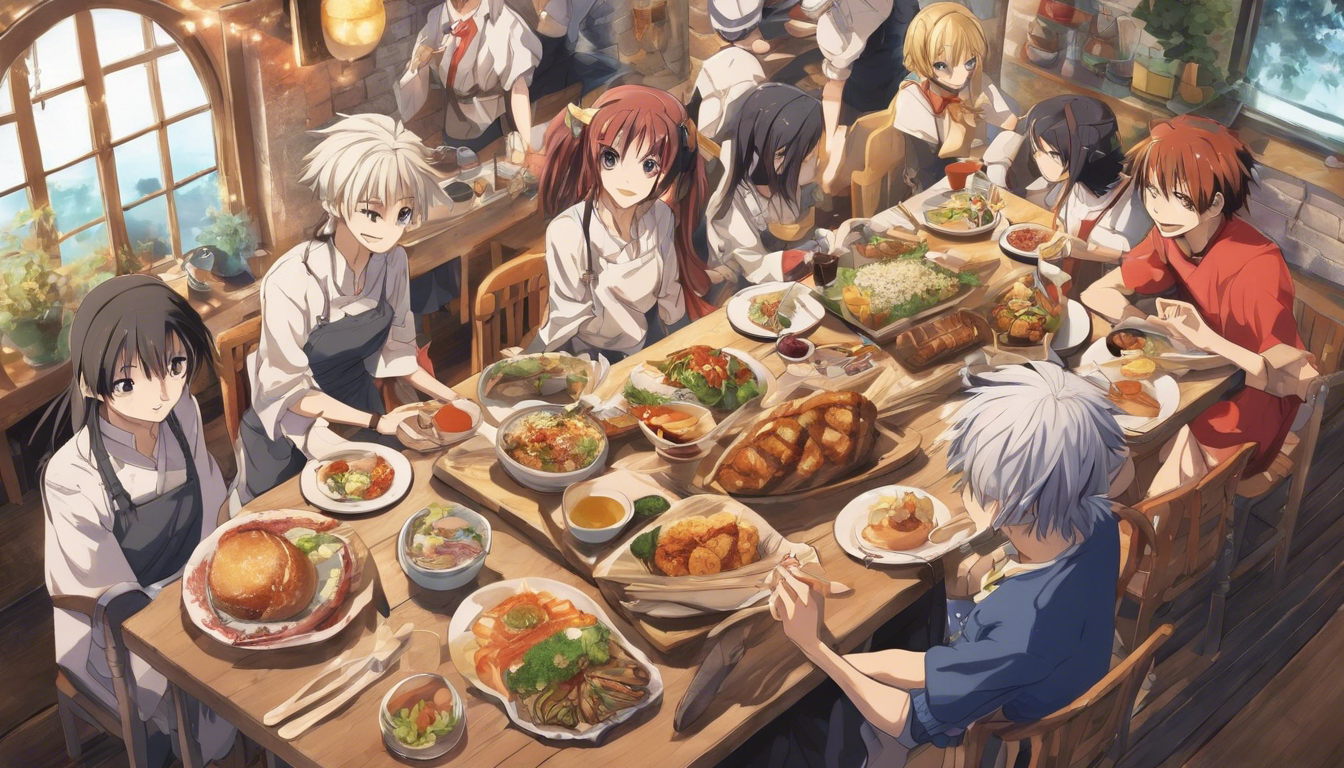
Gluten-Free Dining in Different Cultures
Following a gluten-free lifestyle can be challenging, especially when encountering different cultures that may have unique dietary habits and traditions. However, with careful planning and a little bit of knowledge, it is possible to navigate through various cuisines and enjoy gluten-free dining experiences around the world.
Understanding Gluten
Gluten is a protein found in grains such as wheat, barley, and rye. People with celiac disease or gluten sensitivity must adhere to a strict gluten-free diet to avoid adverse health effects. Eliminating gluten from the diet means avoiding not just obvious sources like bread and pasta but also hidden sources such as sauces, soups, and processed foods that may contain gluten as an additive or thickening agent.
Gluten-Free in Asian Cuisine
Asian cuisine relies heavily on rice, making it generally friendly for those following a gluten-free diet. However, soy sauce – a common ingredient in Asian dishes – often contains gluten. Fortunately, gluten-free soy sauce alternatives are available. It’s important to communicate your dietary needs to chefs or restaurant staff to ensure they can accommodate your requirements without cross-contamination.
- Japanese cuisine: Sushi and sashimi are typically safe options when avoiding gluten. However, be cautious of soy sauce and tempura batter as they can contain gluten. Opt for tamari (gluten-free soy sauce) as a substitute.
- Thai cuisine: Thai food offers a variety of gluten-free options such as curry dishes, rice noodles, and grilled meats or seafood. Avoid dishes with soy sauce and opt for gluten-free versions of sauces or condiments.
- Indian cuisine: Traditional Indian food often includes naan bread and wheat-based dishes like roti or samosas. However, South Indian cuisine offers naturally gluten-free options like dosas (rice-based crepes) and idlis (steamed rice cakes). Choose restaurants that understand your dietary needs and can accommodate gluten-free requests.
Gluten-Free in European Cuisine
European cuisine can be more challenging for those following a gluten-free diet due to its heavy reliance on wheat-based products. However, many European countries have become more aware of dietary restrictions and offer gluten-free alternatives in restaurants or specialty stores.
- Italian cuisine: Pasta and pizza are staples of Italian cuisine, but gluten-free versions made from corn or rice flour are becoming increasingly popular. Look for gluten-free menus or ask for recommendations at Italian restaurants.
- French cuisine: French cuisine may seem daunting for gluten-free diners, as it includes many wheat-based dishes like baguettes and croissants. However, traditional French fare like coq au vin (chicken in wine) or ratatouille (a vegetable stew) can be safe options. Sourcing gluten-free bread or pastries might be more challenging, but some specialty bakeries now offer gluten-free alternatives.
- Spanish cuisine: Tapas, grilled seafood, and meat dishes are common options in Spanish cuisine. When dining gluten-free in Spain, be cautious of tapas made with bread or fried in shared oil. Opt for plain grilled meats or seafood and communicate your dietary needs to ensure safe preparation.
Gluten-Free in Latin American Cuisine
Latin American cuisine, with its focus on corn, beans, and rice, often provides many naturally gluten-free options. However, cross-contamination may be a concern in some establishments. It’s essential to inquire about preparation methods and potential hidden sources of gluten.
- Mexican cuisine: Traditional Mexican food can be gluten-free-friendly. Dishes like grilled meats, tacos with corn tortillas, guacamole, and salsa are usually safe options. Avoid flour tortillas, fried foods that may be coated in flour, and sauces that may contain gluten as a thickening agent.
- Brazilian cuisine: In Brazil, items like feijoada (black bean stew) or pão de queijo (cheese bread) are popular dishes but typically contain gluten. However, many places now offer gluten-free variations of these foods. Look for tapioca-based options or dishes made with corn instead of wheat.
- Peruvian cuisine: Peru offers a diverse culinary scene with various gluten-free options. Ceviche (marinated raw fish), grilled meats, quinoa-based dishes, and causa (potato cakes) are generally gluten-free. Always double-check ingredients and ask about potential cross-contamination.
Embracing the Gluten-Free Lifestyle
Adopting a gluten-free lifestyle doesn’t mean missing out on diverse culinary experiences. By researching and understanding different cultures’ cuisines and communicating your needs to restaurant staff, you can enjoy an array of delicious gluten-free dishes from around the world. Remember to stay vigilant about hidden sources of gluten and always prioritize your health and well-being!
Note: The information provided in this article is for educational purposes only and should not replace professional medical advice. If you have celiac disease or gluten sensitivity, consult with a healthcare professional or registered dietitian for personalized guidance.